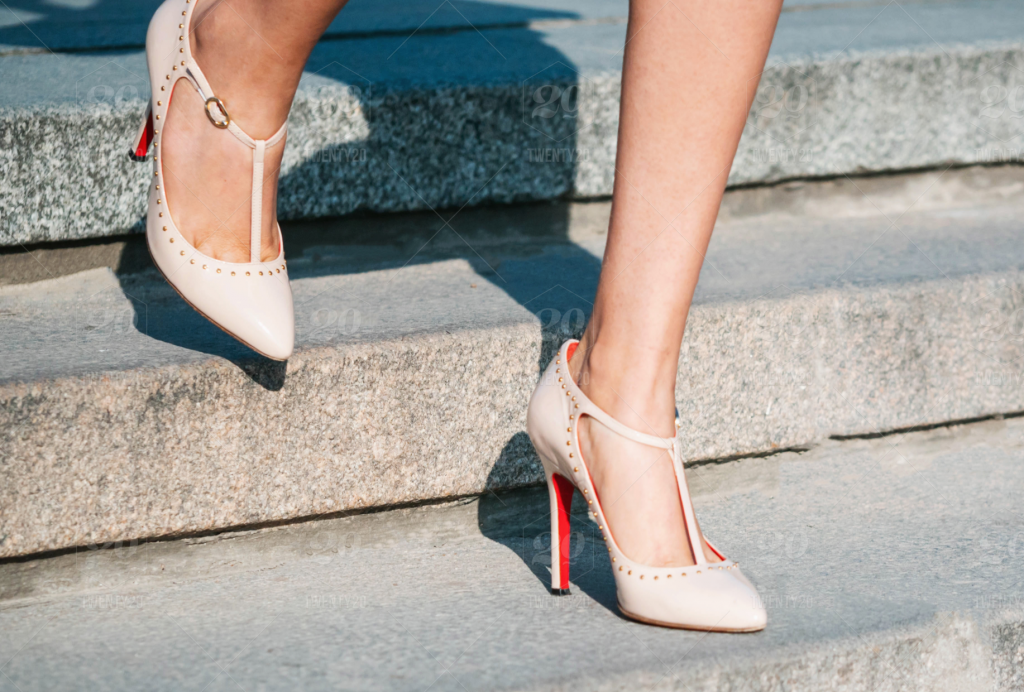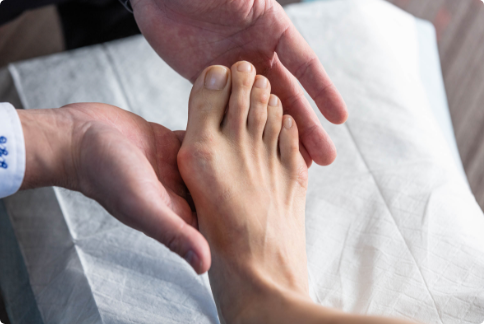Bunions Conditions
What is a Bunion?
A bunion is a painful bony bump that develops on the inside of the foot at the big toe joint. This conditions medically is known as “Hallux Valgus” and is the result of the big toe (hallux) angling towards the outside of the foot (Valgus). Shoe wear often exerts pressure on the bunion resulting in inflammation and pain making daily activities difficult.
Should I have my Bunion fixed?
If your bunion constantly bothers you and restricts your everyday activities and you have had no relief from shoe-wear adjustments, you should seek a surgical opinion to help get your life back.
Who gets Bunions?
Bunions most commonly occur in middle aged women, are often bilateral and tend to run in families. However, they can occur in men and younger individuals.
What are common causes of Bunions?
The direct cause of bunions is not fully understood however commonly they are related to a combination of shoe-wear and patient factors.
Wearing High-heeled or narrow boxed shoes often compress the toes and exert pressure while walking. Over time this causes the bunion to increase in size and become progressively more painful. This along with patient factors such as a family history, double jointness (ligamentous laxity), flat feet and/or rheumatoid arthritis leads to the condition.

What are the symptoms of Bunions?
Achilles tendonitis is generally a result of overuse or repetitive activities. It is not typically related to a specific injury, but certain activities may make it more likely to develop such as sudden increase in exercise activity, tight calf muscles and heel spurs.
- Swelling.
- Pain and Tenderness around the Big toe and Bunion.
- Difficulty with shoe wear especially with activity and often relieved in bear feet.
- Change in the shape of the foot and big toe.
- Big Toe crossing over the 2nd toe.
- Pain under the ball of the foot and callus formation.
- Clawing of the lesser toes.
Book an Appointment Today!
What other conditions are associated with Bunions?
Metatarsalgia – condition in which the ball of your foot becomes painful and inflamed.
Flatfoot – condition where the arch on the inside of the foot has collapsed to the ground.
Rheumatoid Arthritis – autoimmune disease that causes painful swollen joints.
Gout – condition where crystals form in and around the joint that causes pain and inflammation.

How do you diagnose a Bunion?
Dr. Chow will take a thorough medical history to delineate the cause of the pain and evaluate the progression of the deformity. Risk factors such as Rheumatoid Arthritis, diabetes, neuropathy and any other significant medical history will be considered and assessed. Diabetes and cigarette smoking greatly reduce the healing capability of any surgery and increase the risk of infection.
A physical examination will be undertaken to evaluate the bunion and isolate any other areas of pain and tenderness in the foot and ankle.
Weight bearing x-rays of the foot and ankle are reviewed to assess the bony alignment of the foot and occasionally further investigations such as CT or MRI are required.
